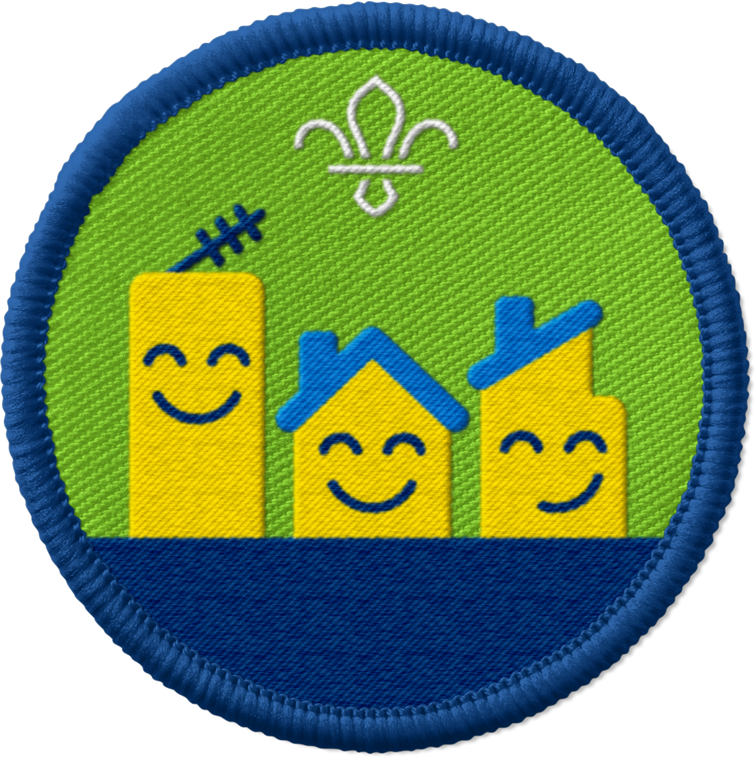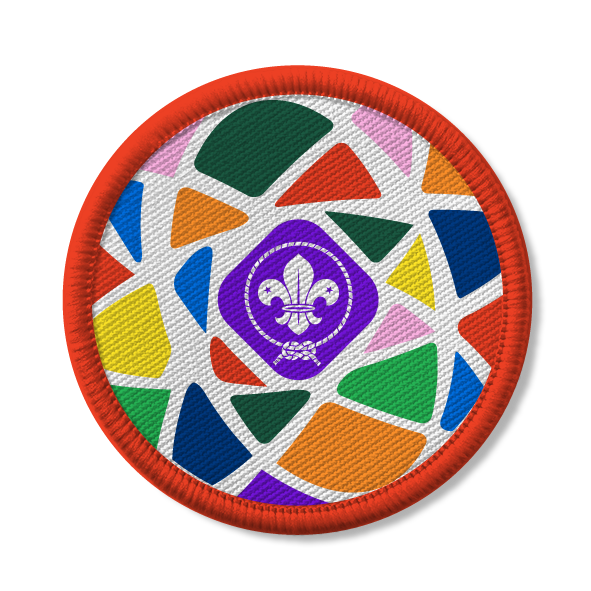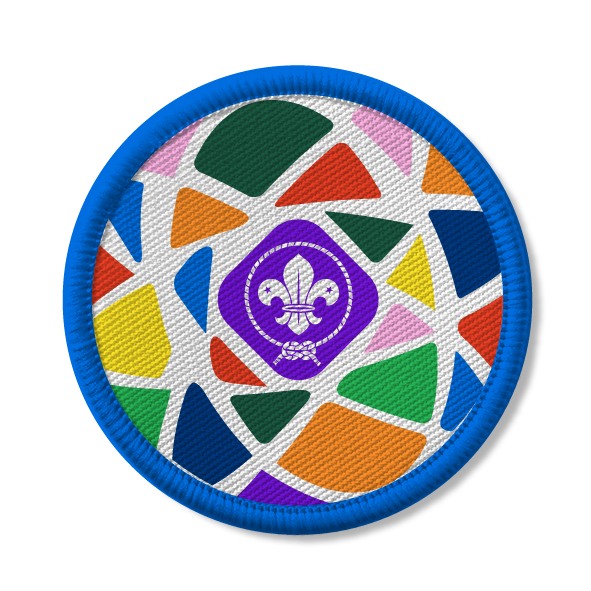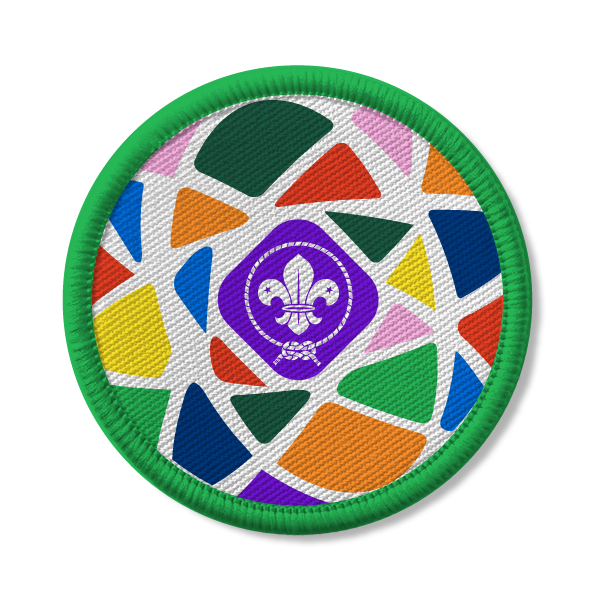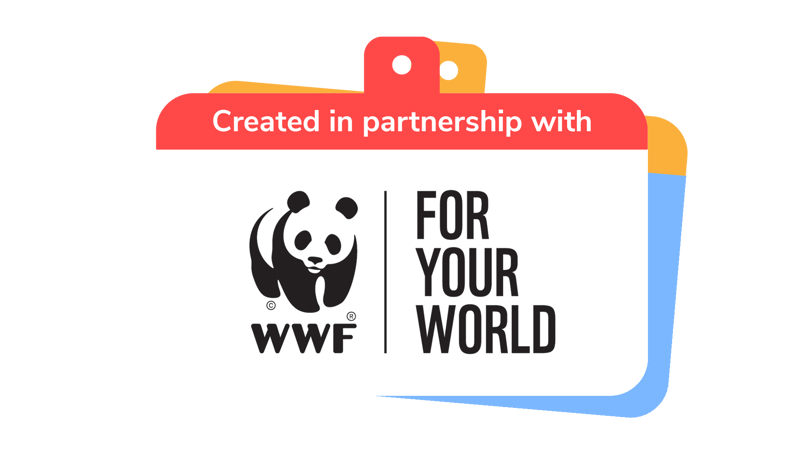
Paper makers
You’ll need
- Scrap paper
- Access to water
- Blender (or hand blender)
- Large bowls or buckets
- Screen (needlepoint screen, window screen or wire mesh)
- Natural decorations like small leaves or petals
- Newspaper
Before you begin
- Set up your workspace with newspapers or an old tablecloth to soak up any spilled water.
- You’ll need a screen to make your paper – for younger groups, plastic cross stitch screens work well. You could also use a window screen, some fine wire mesh, or even a flat kitchen strainer.
Story time
- Everyone should sit in a circle.
- Someone should read Switch and the Energy Savers, a story bout saving energy that helps planet Earth.
- After reading the story, everyone should take some time to reflect on it as a group. We’ve included some questions to help you reflect in the pink box below.
Reuse and recycle
- The person leading the activity should ask if anyone knows about rubbish and recycling. Does anyone already reuse or recycle at home or at school?
- Everyone should chat about why rubbish is bad for the environment. Why is recycling so important?
- The person leading the activity should help everyone understand that recycling, using fewer things, and reusing items reduces the negative effect that people have on the planet.
You could explain that recycling items stops them ending up as litter that hurts wildlife – it also reduces how much rubbish we send to landfill sites. Materials such as plastic don’t break down over time – if people don’t recycle them, they’ll be in nature forever. Making new packaging uses energy and chemicals that damage the environment.
Make some paper
- Everyone should collect some scrap paper and sort it into piles by colour.
- Next, everyone should choose a colour. It works best to use half white and half coloured paper, so everyone should collect some coloured scrap paper and some white scrap paper. They’ll need at least three sheets of paper.
- Everyone should tear their paper into small strips. They should continue tearing the paper up until it’s in tiny pieces.
- Everyone should put the torn up paper into a large container and add enough water to cover it.
- Now everyone should rub the pieces of paper together to make a pulp – it should feel a bit like porridge.
- When everything’s all mixed up together, an adult should add the paper mush to a blender and blend for about 10 to 15 seconds.
You might need to add a little more water, so don’t fill the blender full of the paper mixture. You might need to do several batches in the blender instead of adding it all at once – it depends on how much pulp you have.
- Everyone should pour the blended pulp back into a large container or tray.
- Now it’s time to make a new sheet of paper. Everyone should take the screen and dip it in the pulp, then they should shake the screen to spread the pulp evenly and lift it out of the container.
If you’re adding any decorations like leaves, add them to your screen before you dip it.
- Everyone should drain as much water as they can from the new sheet of paper. They could wipe their hand gently underneath to get rid of extra water, and they could try squeezing it with their hands too.
- Everyone should leave their paper somewhere safe to air dry.
This usually takes a few days, but you can hang the screens after a couple of hours to save space.
- Once the paper is dry, carefully peel it off the screen. Now it’s ready to use!
Actions you can take
Seek out nature
Learn more about the creatures living on your doorstep with Seek out nature. You could do this together next time you meet, or at home.
Seek out natureRecycled planters
You don’t need a garden to get growing – make some recycled planters to turn even the smallest space green.
Get growing with recycled plantersPlastic or prey
Find out how plastic can harm sea creatures by playing plastic or prey together.
Try plastic or prayDouble trouble
Work together to learn more about how climate change is affecting our planet with Double trouble.
Learn about climate changeReflection
This activity is all about caring and valuing the outdoors. It’s designed to help people explore reusing and recycling things and understand how they can help the planet
Reuse and recycle
- Had anyone heard of recycling or reusing before this activity?
- Can everyone think of some things they use a lot as a group (or at home) that they could reuse or recycle instead of throwing away?
Make some paper
- What did everyone enjoy the most about the activity? Has anyone used some rubbish to make something new before?
- How did it feel to work together to make some new paper out of rubbish?
Safety
All activities must be safely managed. You must complete a thorough risk assessment and take appropriate steps to reduce risk. Use the safety checklist to help you plan and risk assess your activity. Always get approval for the activity, and have suitable supervision and an InTouch process.
- Hand and electric tools
Inspect tools for any damage before each use. An adult should supervise people using tools, and people should follow instructions on how to use them correctly and safely. Tools should be properly maintained and kept sharp.
Use an appropriate surface and make sure materials are stable and supported when you’re working on them. You should cut and drill away from the body and in an area clear of other people. Be extra cautious of trailing cables and water when using electric tools. Always use a cordless tool if one’s available.
- You could experiment using food colouring or cookie cutters to make fun colours and shapes out of your paper.
- If you’re running this activity on camp, you could leave your paper to soak for an hour or two before blending to make it easier.
Anyone who doesn’t want to put their hands in the mixture could wear gloves – they could also try using utensils instead of touching the mixture. People could work in pairs to help each other, including if some people find it tricky to tear the paper small enough or want to avoid getting messy
All Scout activities should be inclusive and accessible.
Check out more activities to explore plastic pollution as part of our Generation Green activities.
Discover more at https://www.wwf.org.uk/
